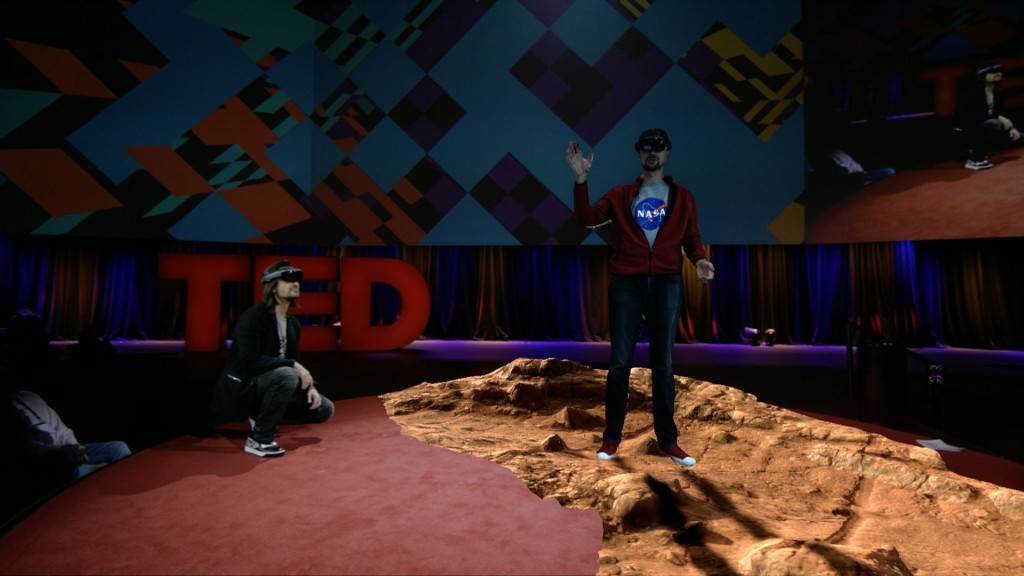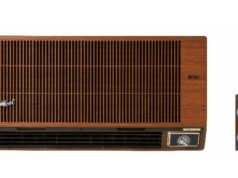
Alex Kipman, Technical Fellow at Microsoft and father of the HoloLens, is laying a claim to the lead in the Mixed Reality world, and says Microsoft has a unique mix of resources which makes if difficult for others to catch up.
He felt Microsoft has the most complete platform and notes that no other company has all the elements, which includes items such as years of research behind the Kinect sensors, which are now part of the HoloLens, a unit such as the Surface team to integrate the hardware elements, a cloud supercomputer infrastructure to power the most immersive titles, an operating system which they can bend to the technology and even a game studio such as Mojang, who makes Minecraft, which can showcase the platform.
“HoloLens leads the way,” Kipman says.
He also said their real secret weapon was Satya Nadella, who he called “the most product-driven CEO ever.” Other Microsoft CEOs may have left the technology to rot in a Microsoft Research basement somewhere.
Despite this pressure to release we have heard rumours that the next version of the HoloLens is due only in 2019. Kipman insisted that he would release the HoloLens to consumers only when it’s ready, but noted that Microsoft is investing in a whole ecosystem of OEM devices, starting at a budget $US299. Now, Kipman says, Microsoft Windows supports a full range of hardware that goes from the low end, all the way up to the premium $US2,999 HoloLens, all compatible with a growing range of Windows software.
Kipman admitted it was still early enough to be anyone’s game, and despite having all these advantages “doesn’t mean you are going to win, by the way.” He also acknowledged that Microsoft has been confident in the past only to be met by eventual failure, admitting that Microsoft has had its share of “bloody noses” over the years, but insisted “they’re in the past.”
For Kipman the stakes are high, and he thinks Mixed Reality will be bigger than smartphones and on par with the Internet in the size of its impact.
“The potential of these devices,” he said, is that they could one day “replace your phones, TVs, and all these screens.” Once your apps, videos, information, and even social life are projected into your line of sight, you won’t need any other screen-based gadgetry. Kipman calls it the “natural conclusion” of mixed reality.
He said Microsoft has an “authentic structural focus,” giving it several key advantages in terms of both technology and how it goes about accomplishing its mission, and put out a challenge to Microsoft’s up and coming competitors, saying if you want to compete with Microsoft, “you better be more focused than we are.”







